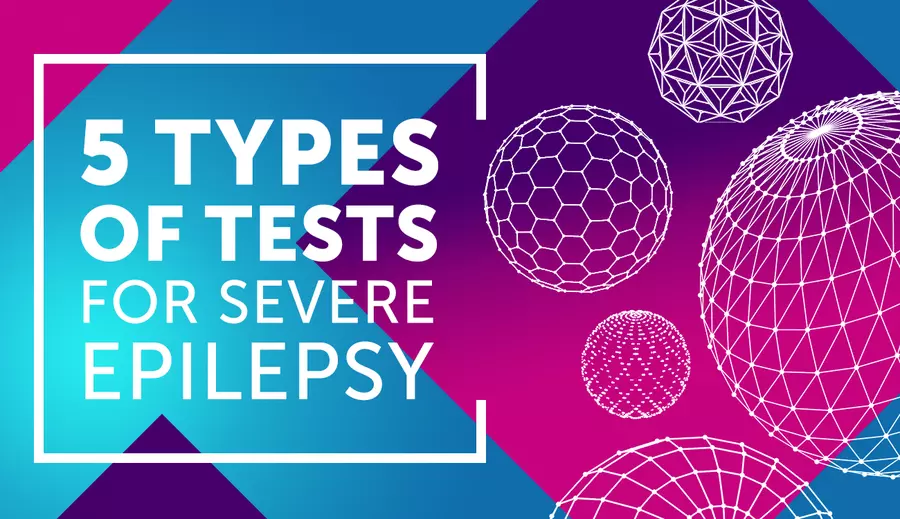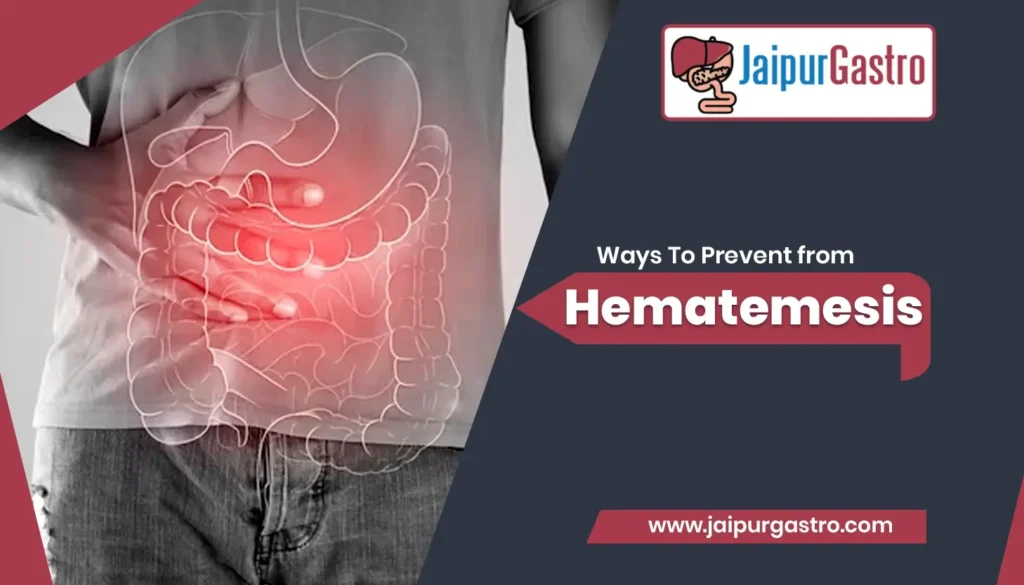Introduction
Gastrointestinal injuries like Mallory-Weiss tears have the potential to be very uncomfortable and result in serious problems. For prompt action and the best possible patient results, it is essential to comprehend the causes, symptoms, and available treatments for Mallory-Weiss’s tears. We shall explore the complexities of Mallory-Weiss’s tears in this post, illuminating this illness and offering insightful information to both medical professionals and the general public.
What are Mallory-Weiss Tears?
Mallory-Weiss tears, sometimes referred to as Mallory-Weiss syndrome, are a type of mucous membrane tear that affects the upper or lower region of the oesophagus. These tears are generally brought on by prolonged or severe vomiting, a hard cough, or excessive retching, which puts pressure on the lining of the oesophagus and stomach.
Understanding the Causes
The mechanical stress put on the gastrointestinal tract during episodes of vomiting or retching is the main cause of Mallory-Weiss’s tears. Alcohol usage, eating large meals, and indulging in activities that strain the abdomen area are a few frequent causes that contribute to the development of these tears.

Recognizing the Symptoms
Symptoms of Mallory-Weiss tears might include a variety of things, such as.
3.1. Sudden and Intense Pain
Immediate and severe pain in the upper abdomen may result from the oesophageal or gastric lining rupturing. Further distress may result if the pain spreads to the chest or back.
3.2. Persistent Vomiting
Persistent vomiting is a common symptom in people with Mallory-Weiss tears, which can make the condition worse and cause other issues.
3.3. Hematemesis
Blood in the vomit, or hematemesis, is one of the defining signs of Mallory-Weiss tears. Depending on how severe the tear was, the blood may seem brilliant red or like coffee grounds.
3.4. Melena
Melena is the term used to describe the passing of dark, tarry stools that are brought on by the presence of digested blood in the digestive tract. It is yet another typical sign of Mallory-Weiss’s tears.
Diagnosis and Medical Evaluation
A thorough medical evaluation is essential when a patient exhibits symptoms that could be Mallory-Weiss tears. Doctors may carry out a variety of diagnostic procedures, such as
4.1. Endoscopy
Using endoscopy, doctors may see the stomach and oesophageal lining up close, allowing them to detect tears and gauge their severity.
4.2. Imaging Tests
Imaging tests like X-rays or CT scans might be used in some circumstances to rule out other possible causes and gauge the size of the tear.
Treatment Approaches
Mallory-Weiss’s tears are managed by focusing on symptom relief, healing promotion, and problem avoidance. Treatment choices could be.
5.1. Rest and Fluid Replacement
To allow the tears to heal spontaneously, patients are frequently advised to relax and stay away from activities that could pressure the abdomen region. To avoid dehydration brought on by vomiting, adequate fluid replenishment is crucial.
5.2. Medications
For pain relief, vomiting control, and decreased stomach acid production, doctors may prescribe medicines.
5.3. Endoscopic Therapy
Endoscopic therapy can be used to cauterise the damaged blood vessels and promote hemostasis in cases of severe bleeding.
5.4. Surgery
Mallory-Weiss tears seldom require surgery, but it may be an option if the bleeding is chronic if the tears are severe and do not improve with conventional therapies.

Prognosis and Recovery
Mallory-Weiss tears typically heal within a few days to weeks, therefore the prognosis is generally good. However, complications like gastrointestinal bleeding or recurring bouts could necessitate additional medical care.
Which artery bleeds in Mallory-Weiss tear
The gastroesophageal artery is often the artery that bleeds in Mallory-Weiss rips. These tears, which usually result from violent vomiting or retching, develop in the mucous membrane of the oesophagus or the upper region of the stomach. During these periods, the sensitive lining is subjected to severe pressure and strain, which can cause tears and cause upper gastrointestinal bleeding. This process can harm the gastroesophageal artery, which is situated where the oesophagus and stomach converge, and cause the distinctive bleeding seen in Mallory-Weiss rips. For the management of the bleeding and to avoid consequences, prompt medical care is crucial.
Conclusion
Mallory-Weiss’s tears can be upsetting and even dangerous, but the majority of instances can be effectively treated with prompt diagnosis and treatment. People who have upper gastrointestinal bleeding or prolonged vomiting must get help as soon as possible.
FAQs
Are Mallory-Weiss’s tears potentially fatal?
Serious consequences from Mallory-Weiss’s tears can develop, especially if they are not addressed. Even while the majority of instances go away on their own, significant bleeding or perforation can be fatal.
How common are Mallory-Weiss tears?
Yes, Mallory-Weiss tears are rather prevalent, especially in those who consume excessive amounts of alcohol or who have specific gastrointestinal disorders.
How do Mallory-Weiss tears vary from other digestive disorders?
Other gastrointestinal diseases may have different underlying causes than Mallory-Weiss tears, which are primarily oesophageal or stomach lining tears or lacerations brought on by severe vomiting.
Are Mallory-Weiss rips reversible?
The answer is yes, Mallory-Weiss tears can come again, especially if the underlying risk factors are not appropriately addressed.
Does surgery always have to be done to fix Mallory-Weiss’s tears?
No, surgery is normally only used when endoscopic therapy is ineffective at controlling the bleeding or when Mallory-Weiss’s rips are severe.


